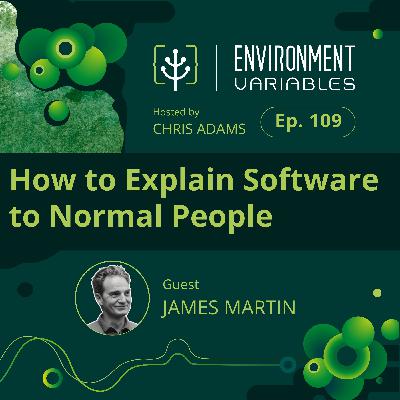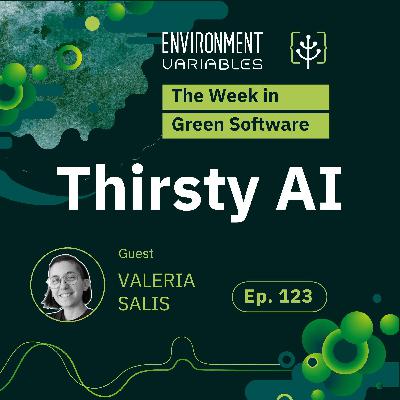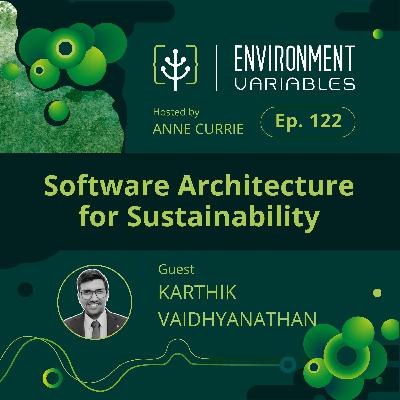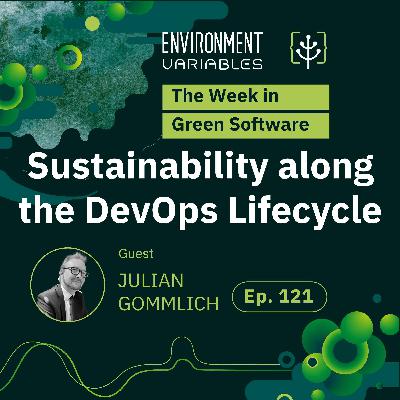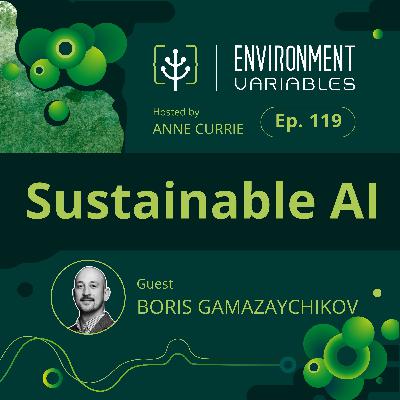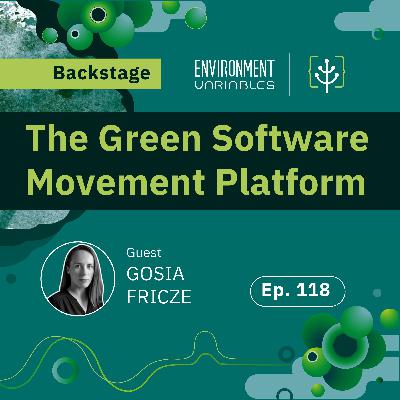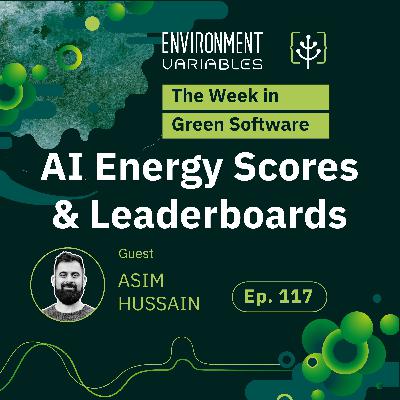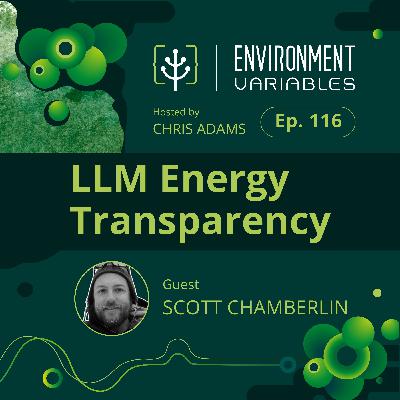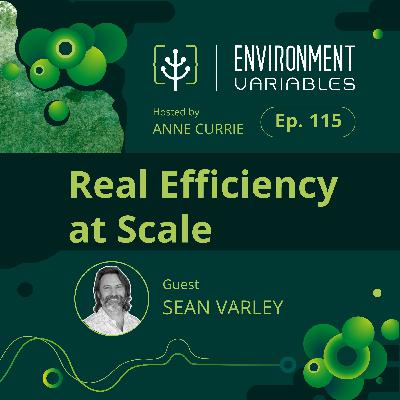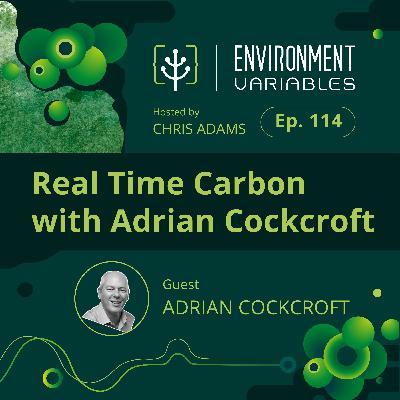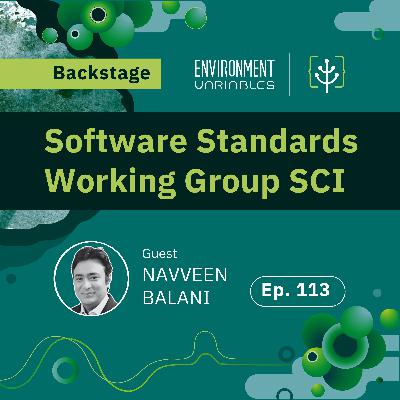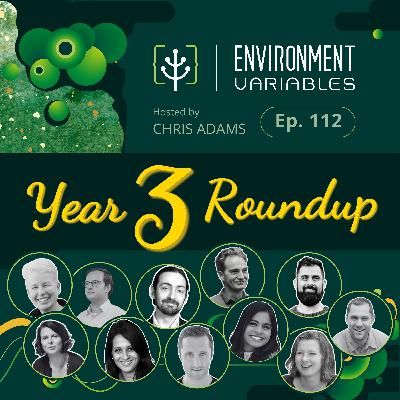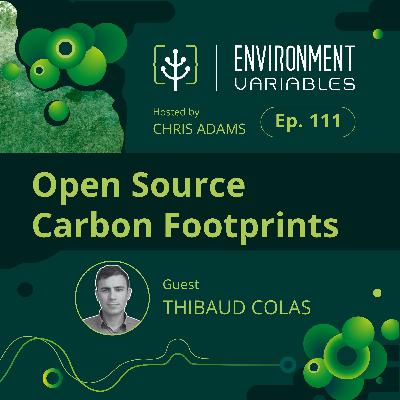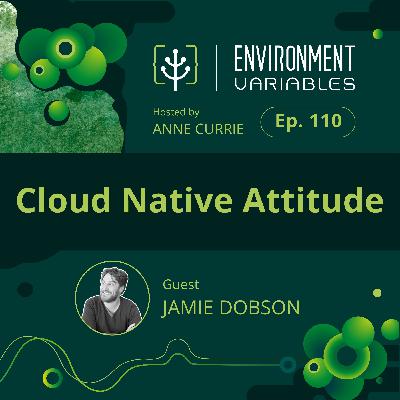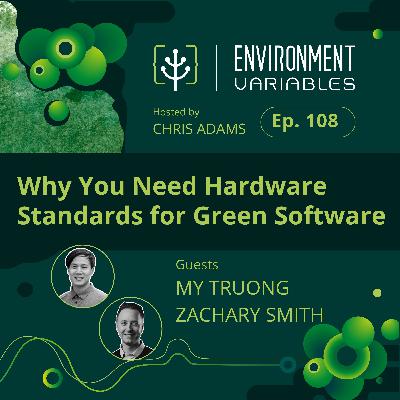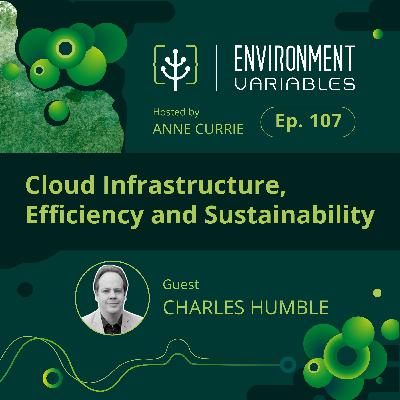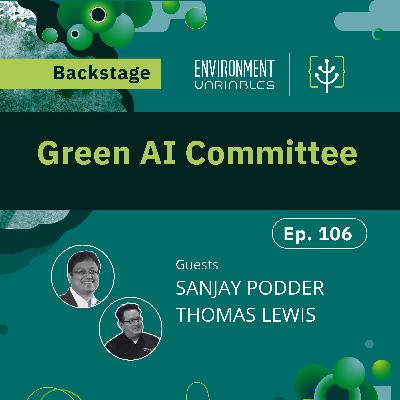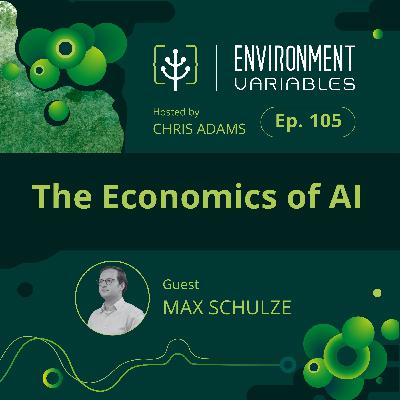How to Explain Green Software to Normal People
Update: 2025-05-29
Description
Host Chris Adams speaks with James Martin about how to communicate the environmental impact of software to a general audience. Drawing on his background in journalism and sustainability communications, James shares strategies for translating complex digital sustainability issues into accessible narratives, explains why AI's growing resource demands require scrutiny, and highlights France’s leadership in frugal AI policy and standards. From impact calculators to debunking greenwashing, this episode unpacks how informed storytelling can drive responsible tech choices.
Learn more about our people:
Learn more about our people:
Find out more about the GSF:
News:
- Environmental Footprint Calculator | Scaleway [14:19 ]
- AI on a diet: how to apply frugal AI standards? - Schneider Electric Blog [26:03 ]
- Frugal AI Challenge | Hugging Face [33:33 ]
- Greening digital companies: Monitoring emissions and climate commitments
Resources:
- Why Cloud Zombies Are Destroying the Planet | Holly Cummins [14:47 ]
- European Sustainability Reporting Standards (ESRS) [21:22 ]
- EcoLogits [21:54 ]
- Empire of AI - Wikipedia [29:49 ]
- Hype, Sustainability, and the Price of the Bigger-is-Better Paradigm in AI | Sasha Luccioni et al. [30:38 ]
- Sam Altman (@sama) on X [31:58 ]
- Référentiel général d'écoconception de services numériques (RGESN) - 2024 [37:06 ]
- Frugal AI
If you enjoyed this episode then please either:
- Follow, rate, and review on Apple Podcasts
- Follow and rate on Spotify
- Watch our videos on The Green Software Foundation YouTube Channel!
Connect with us on Twitter, Github and LinkedIn!
TRANSCRIPT BELOW:
James Martin: When I hear the term AI for Good, which we hear a lot of at the moment, I would say that I would challenge that and I would encourage people to challenge that too by saying "are sure this AI is for good? Are you sure this tech is for good? Are you sure that the good that it does, far outweighs the potential harm that it has?"
TRANSCRIPT BELOW:
James Martin: When I hear the term AI for Good, which we hear a lot of at the moment, I would say that I would challenge that and I would encourage people to challenge that too by saying "are sure this AI is for good? Are you sure this tech is for good? Are you sure that the good that it does, far outweighs the potential harm that it has?"
Because it's not always the case. A lot of the AI for good examples see at the moment are just, they can't be backed with scientific data at all.
And that comes back to another of my points. If you can't prove that it's for good, then it's not, and it's probably greenwashing.
Chris Adams: Hello, and welcome to Environment Variables, brought to you by the Green Software Foundation. In each episode, we discuss the latest news and events surrounding green software. On our show, you can expect candid conversations with top experts in their field who have a passion for how to reduce the greenhouse gas emissions of software.
I'm your host, Chris Adams.
Welcome to Environment Variables, where we bring you the latest news and updates from the Board of Sustainable Software Development. I'm your host, Chris Adams. Our guest today is James Martin, a content and communications expert who has spent years translating complex text strategies into compelling narratives that drive change.
From leading communications with a special focus on sustainability at Scaleway, to founding BetterTech.blog, James has been at the forefront of making green tech more actionable and accessible. He's spoken at major climate and tech events, most recently ChangeNOW. He's written a comprehensive white paper on green IT, and played a key role in Gen AI Impact a French NGO working to measure the impact of AI. And also he's a Green Software Foundation champion.
So, James, thank you so much for joining the podcast. Really lovely to see you again after we last crossed paths in, I guess Paris, I think. Maybe I've tried to introduce you a little bit, but I figure there's maybe some things you might wanna talk about as well. So, can I give you the floor to just like introduce yourself and, talk a little bit about yourself?
James Martin: Yeah, thanks very much, Chris. First and foremost, I just wanted to say I'm really happy to, be on this podcast with you because, this podcast is one of the things that really got me excited, and it started me off on my green IT adventure. So, thanks to you and Anne for putting all, putting out all these amazing episodes.
Basically what I'm speaking today in the name of BetterTech, which is my blog, which I founded 2018. So I've been a, I've been a journalist for most of my career. And, so for about 15 years I was writing for a French cultural magazine. I had a page in that two weeks. And I started off writing out, "here's a new iPhone, here's a new console." And after that I got a bit bored of just saying the same thing every time. So I was drawn towards more responsible topics, like how do you reduce your screen time, how do you protect your data?
And also, of course, what is the impact of technology on the planet? So that started in that, in that magazine, and then I got so into it, i founded my own blog on the topic.
And then that was pretty much when an opportunity came up, in 2020, 2021 to work at Scaleway. I thought that sounds really interesting because, that is a European cloud provider, so not American. And also they were already very, communicating a lot about the sustainable aspect of what they do. So, yeah, I was very happy to join them and lead their communications from 2021 with this huge focus sustainability.
Chris Adams: Ah.
James Martin: Yeah, that's how, that's basically where it started. At that time, Scaleway had its centers and one of them called DC five, which is one of the most sustainable Europe because it doesn't have air conditioning, so it uses a lot less energy. That's it. It has adiabatic cooling. So we focused a lot of communication efforts on that. But then after year or two, Scaleway decided to sell its data centers. I had to look at are the other ways I could talk about sustainability in the cloud? So from digging around into green IT, especially into some green Software Foundation resources,
I basically understood that not just data centers, it's hardware and software. So I also, with a bit of help from one of a pivotal meeting, was meeting Neil Fryer from who the Green Software Foundation at a conference. I got him to come and speak at Scaleway to people like me were sort of concerned about the impact of tech. And then that led to the white paper that you mentioned that I erase in 2023, which is basic. It's basically how engineers can reduce the impact of of technology. So, and then that led to speaking opportunities and then to realize that, yeah, I'm not a, I'm not a developer. I'm not an engineer. I may be the first non-developer on this podcast. So I can't build Green Tech, but I can explain how it works and I think that's an important thing to be able to do, if we want to convince as many people as possible of how important this is, then it needs to be communicated properly.
And, yeah, so that's what I've been doing ever since.
Chris Adams: Okay, thanks. Okay, so I'm, I appreciate that you're coming here as not as a non, as someone who's not like a full-time techie who's like using GitHub on the daily and everything like that, because I think that means you, you get a bit of a chance to like see how normal people see this who aren't conversant in like object storage or block storage or stuff like that.
So maybe we can talk a little bit a
Comments
In Channel

